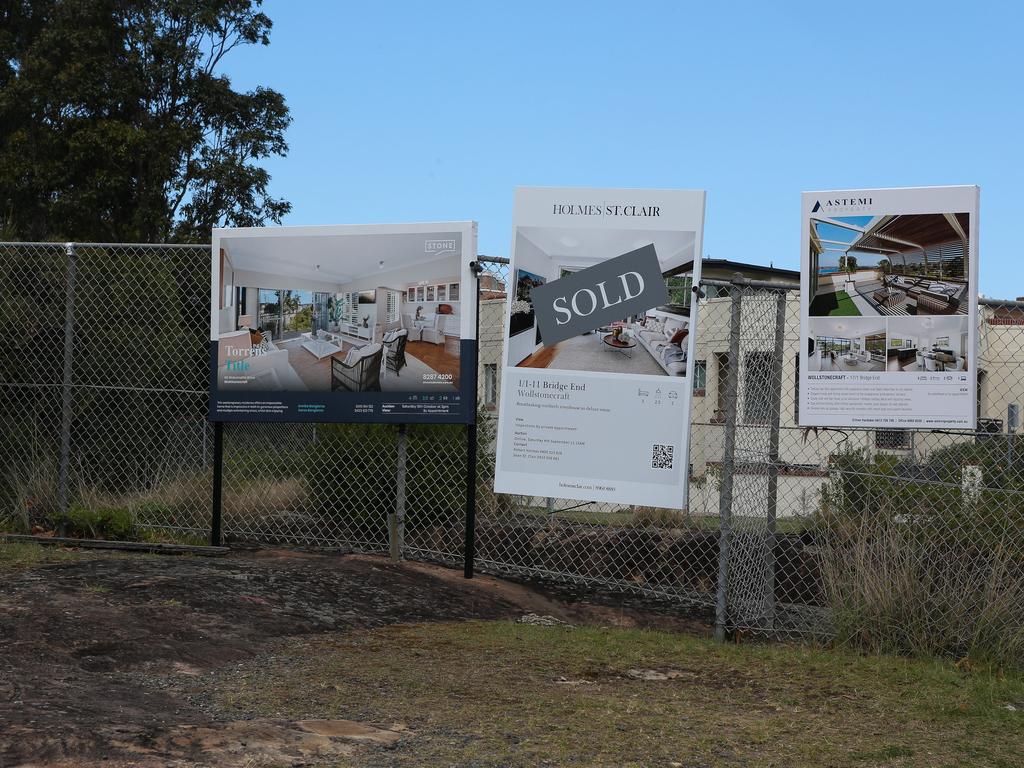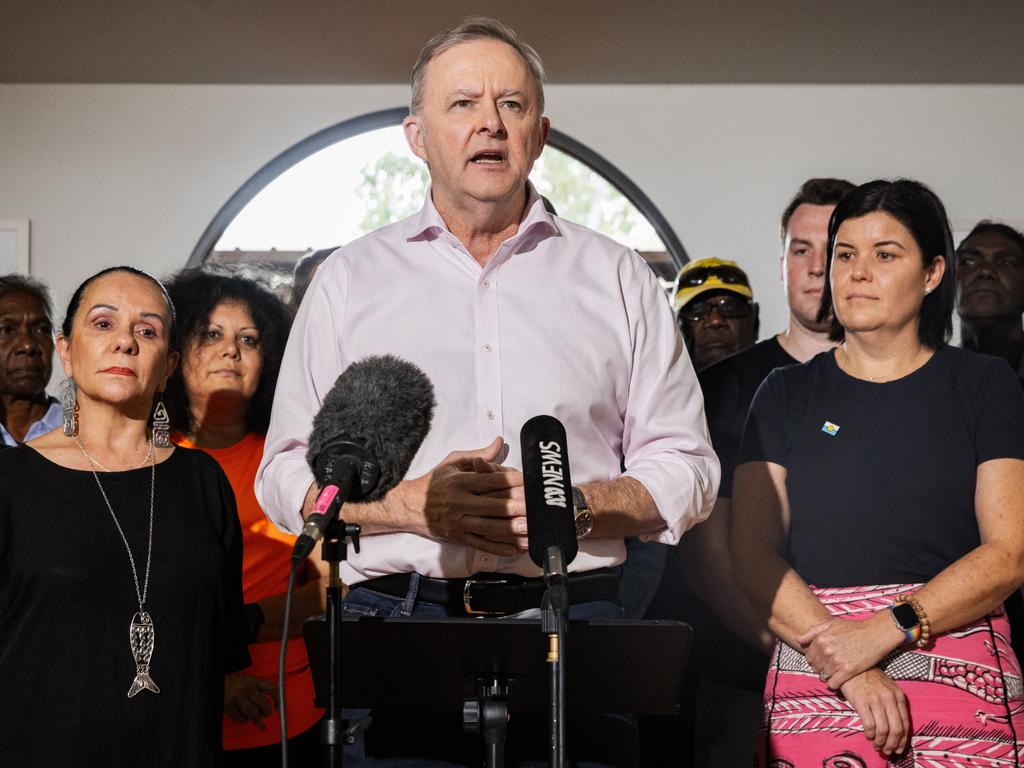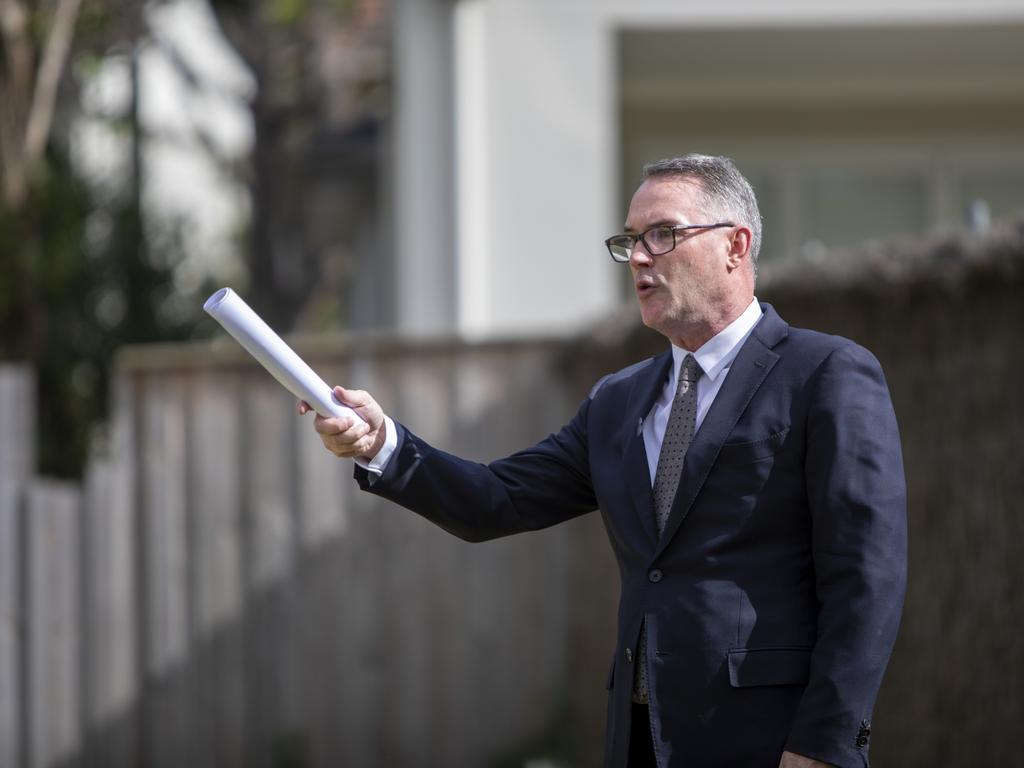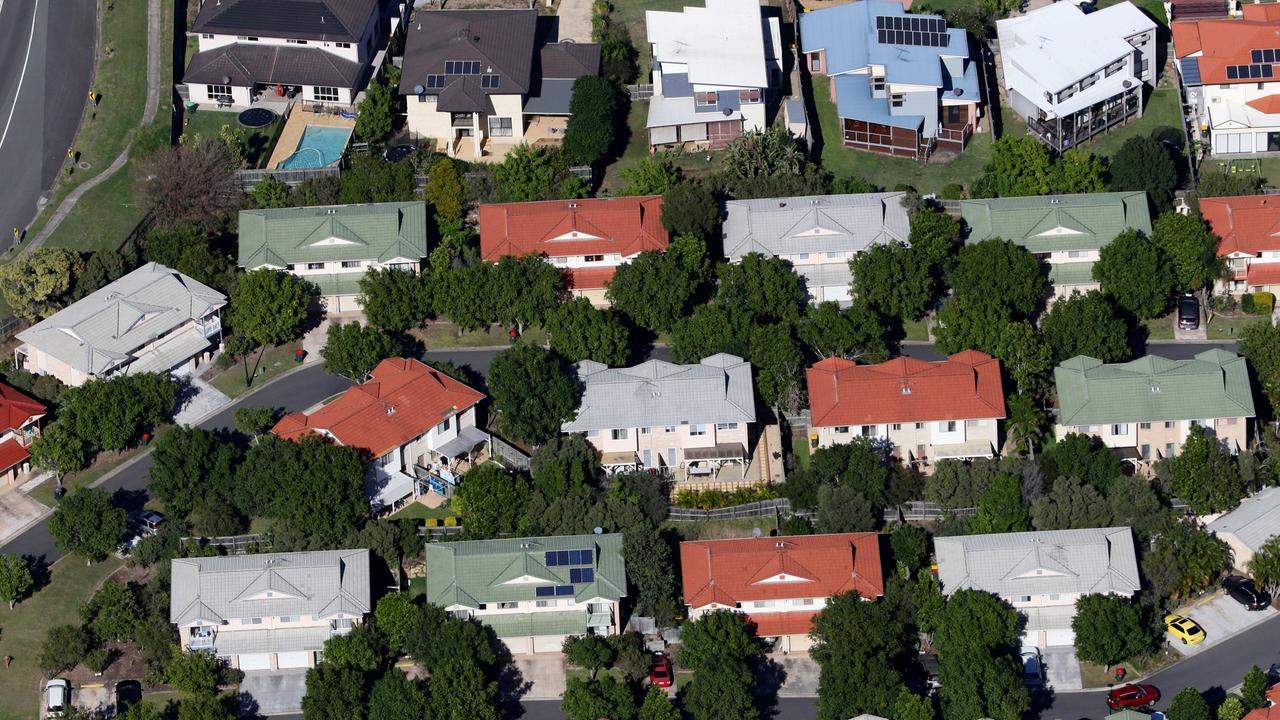How Prime Minister Anthony Albanese can solve our housing crisis
Our housing crisis is close to breaking point, Anthony Albanese take note - this is what needs to be done to ease the pressure on all Aussies.
Australia has a vast land size and a relatively small population compared to other major Western economies, yet we have had a significant housing undersupply for many years.
The problem has become acute in recent times, with a lack of stock for sale being the main driver of rebounding property prices even though interest rates are still rising.
The key to resolving all of this lies in government action.
My solution would revolve around the release of more land, plus reducing the statutory costs associated with development, and a swifter development approval process. If governments provided more cost-effective, expedient development opportunities for developers to build, and conducted a sensible review of rezoning opportunities in areas that would cope with higher density living, we could improve supply significantly.

There are crushing taxes that hit both buyers and developers in the building process. The average new apartment or land subdivision has hundreds of thousands of dollars of government costs embedded in it.
About 25 per cent of developers’ costs end up wasted on feasibility studies, red tape and statutory fees. If these unnecessary costs were reduced, those savings could be channelled to buyers instead.
Better government planning is also needed now more than ever, given the work-from-home trend is resulting in a surge in population dispersion away from the big capital cities.
Many workers can now live anywhere because they’re working remotely. That’s opened up the whole country to a cohort of Australians that never intended to leave the capital cities prior to retirement – until Covid came along and disrupted traditional workplace practices.

TAXES ARE A HUGE BURDEN ON HOME BUILDERS AND HOME BUYERS
Another factor constraining supply is the burden of stamp duty, which is impacting many Australians’ ability to move to the most appropriate home for them.
We need an enlightened look at the major tax structures that impact property (stamp duty, negative gearing, land tax and capital gains) in order to deliver a fairer, and most likely broader based sharing of the tax burden, especially around stamp duty.
A couple of factors unique to the rental market are exacerbating today’s rental squeeze.
Two that immediately come to mind is a shortage of social housing, which simply forces more people into the private rental market.
Another is lower investor activity in recent years, because of disincentives such as higher loan rates for investment loans, and the periodically recurring political debate over whether negative gearing and capital gains tax arrangements should change.
Private landlords provide a huge proportion of the rental accommodation in this country, and this is important given more people are renting these days.
Incentivising Australians to invest in property has an incredible dual benefit. It provides rental homes for tenants and allows landlords to build wealth for a self-funded retirement.
Self-funded retirees support the health of our pension system, ensuring that other Australians who need a pension, after paying a lifetime of taxes, will always get it.
WHAT’S CAUSING HOUSING UNDERSUPPLY?
What about the demand side of the undersupply issue?
The biggest demand issue I see is not immigration or population growth, it’s that 67 per cent of Australians choose to live in one of just eight capital cities, according to the 2021 Census.
That sort of population concentration is a key factor exacerbating demand in those eight locations, but now that so many of us can work from home, we may see the population spread out across the regions a bit more over the next decade or so.

In terms of population growth, it may seem strange that Australia is throwing open its doors to an anticipated 1.5 million new migrants over the next five years when we’re having trouble housing those who are already here.
But as we all know, we need an influx of skilled labour given so many businesses can’t find enough staff. A lack of labour directly hinders productivity and stifles the economic growth that benefits all of us, over time, through higher living standards.
The key to fixing housing supply is co-operation between all levels of government and a fairer, more common sense approach to development approvals, costs and processes.
* John McGrath is the founder, Managing Director and Chief Executive Officer of McGrath Estate Agents




